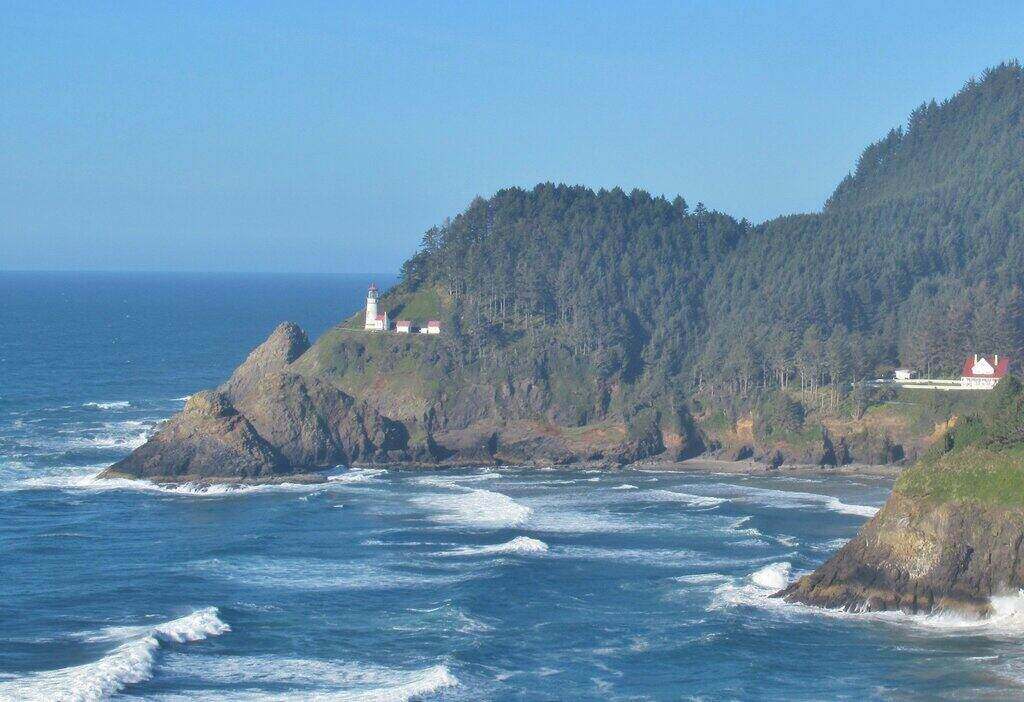|
Getting your Trinity Audio player ready...
|
![Archaeologists Discover Remains of Ship That Inspired 'The Goonies' [Video] Archaeologists](https://guardianlv.com/wp-content/uploads/2022/06/Archaeologists-Discover-Remains-of-Ship-That-Inspired-The-Goonies-Video-650x446.jpg)
Manilla galleons, like the Santo Cristo de Burgos, were sturdy wooden vessels. Crews manned the ships annually to transport goods between Spanish colonies in the Philippines and Mexico between 1565 and 1815. Archaeologists explain that this period marked the start of global trade. Yet, despite the wooden ships traversing the hazardous Pacific ocean for 250 years, only three galleon wrecks have been discovered on America’s west coast: Oregon, California, and Baja Mexico. Until June 2022, no surviving hull remains were found.
![Archaeologists Discover Remains of Ship That Inspired 'The Goonies' [Video] Archaeologists](https://guardianlv.com/wp-content/uploads/2022/06/Archaeologists-Discover-Remains-of-Ship-That-Inspired-The-Goonies-Video2-e1656119243748-450x338.jpg)
However, MAS president and member of the Register of Professional Archaeologists Scott Williams was skeptical. He found it difficult to “believe that fragments from a 300-year-old ship would survive the tumultuous Oregon coast,” according to National Geographic.
Williams’ response was rational since experts estimate that more than 2,000 ships were lost in the “Graveyard of the Pacific:” The sea between Oregon’s Tillamook Bay to Washington’s Cape Scott at the northwestern tip of Vancouver Island. At least 300 shipwrecks are off Oregon’s jagged coastlines with its legendary swells that send sailors to watery graves.
“Under the watchful eyes of state and marine archaeologists, a crew of sheriff’s deputies, state parks employees, and others scrambled over barnacle-crusted rocks at low tide to haul out the pieces Andes found,” reported The Astorian. The retrieval team wrapped the timbers in flotation devices to safely transport them out of the cave.
![Archaeologists Discover Remains of Ship That Inspired 'The Goonies' [Video] Archaeologists](https://guardianlv.com/wp-content/uploads/2022/06/Archaeologists-Discover-Remains-of-Ship-That-Inspired-The-Goonies-Video5-450x338.jpg)
The treasure hunter, Andes, watched as the team recovered the timbers he discovered years earlier. He anxiously waited for this day and hoped the retrieval team would be successful.
Andes recalled that while waiting for permits and the COVID-19 pandemic restrictions to ease, he kept an eye on the timbers. He trekked across slippery rocks into the cave and tried to keep the pieces of the ship’s hull in place. Unfortunately, one washed out to sea last year even after securing it with a rope. The treasure hunter covered other timbers with rocks to partially rebury them, according to The Astorian.
After initially expressing skepticism, Williams commented that he was impressed with the find. He was relieved to have the removal completed.
Marine Archaeologists Identify the Sunken Ship’s Remains
![Archaeologists Discover Remains of Ship That Inspired 'The Goonies' [Video]](https://guardianlv.com/wp-content/uploads/2022/06/Archaeologists-Discover-Remains-of-Ship-That-Inspired-The-Goonies-Video3-450x300.jpg)
Nor could they ignore the legends told by the region’s Indigenous Peoples.
The Santo Cristo de Burgos is better known in the Pacific Northwest as the legendary Beeswax Wreck. Its moniker originated from the “blocks of beeswax that washed ashore for centuries and were traded by local Native American tribes and later Anglo-European settlers,” according to National Geographic.
There were other clues: Small pieces of blue-and-white Chinese ceramics, large portions of timber left on the rocks or washing ashore with the tide, and part of a wooden ship’s upper deck that was visible at the mouth of the river near Manzanita until about the 1920s.
![Archaeologists Discover Remains of Ship That Inspired 'The Goonies' [Video]](https://guardianlv.com/wp-content/uploads/2022/06/Archaeologists-Discover-Remains-of-Ship-That-Inspired-The-Goonies-Video1-1-450x300.jpg)
Another story explains the tribe’s interaction with Oregon’s first European settlers in 1811. The local tribe approached the settlement, hoping to trade the bricks of beeswax and candles that washed ashore for European goods.
MAS evaluated thousands of pieces of Chinese porcelain collected over the years and concluded they were from the Kangxi period (1661-1722). These, combined with Asian beeswax, led archaeologists to deduce the Beeswax Wreck was one of two Manila galleons: The Santo Cristo de Burgos, which disappeared in 1693, or the San Francisco Xavier, which was lost in 1705.
Archaeologists thought the Beeswax Wreck had to be the San Francisco Xavier because a 9.0-magnitude earthquake hit the West Coast that triggered a massive tsunami. If the Santo Cristo de Burgos had wrecked in the region, the tsunami would have destroyed the vessel’s remains.
However, a geological study found the area near the Nehalem River where the timber and cargo were found “was under and within — not above — the sediment layer left by the estimated 25-foot-high wave that struck the coast,” according to National Geographic. “This meant the mystery shipwreck must have already been there when the tsunami hit in 1700.”
Remote-sensing tools detected some objects off the coast near Manzanita that might be the remains of a wooden ship, or perhaps a boulder on the seafloor. MAS volunteers reasoned that it must be the Santo Cristo de Burgos since there was a steady stream of beeswax and china ashore for generations of beachcombers to find.
The MAS believes the ship is underwater somewhere near the coastline. They plan to explore several large objects. Hopefully, they will find the vessel’s skeleton and uncover more of Oregon’s legendary wreck.
Santo Cristo de Burgos’ timbers, beeswax, and porcelain are displayed at the Columbia River Maritime Museum in Astoria. They are proof that the Beeswax Wreck is real. Moreover, the remains confirm that tribal ancestors knew what they were talking about; they spoke the truth, says Robert Kentta, cultural resources director for the Confederated Tribes of the Siletz and a member of the Siletz Tribal Council.
Written by Cathy Milne-Ware
Sources:
That Oregon Life: Remains of 300-Year Old Spanish Ship That Inspired ‘Goonies’ Found in Oregon; by Paul Hunter
Amblin: The Goonies
National Geographic: Legendary Spanish galleon shipwreck discovered on Oregon coast; by Kristin Romey
The Astorian: On the North Coast, a fisherman makes a rare find; by Katie Frankowicz
Oregon Parks and Recreation Department: Oregon Heritage/State Historic Preservation Office: Archaeological Investigations
Featured and Top Image Courtesy of Jasperdo’s Flickr Page – Creative Commons License
First Inset Image Courtesy of coltera’s Flickr Page – Creative Common License
Second Inset Image Courtesy of Ehren Beckwith’s Pixabay Page – Creative Commons License
Third Inset Image Courtesy of Brigette Werner’s Pixabay Page – Creative Commons License
Fourth Inset Image Courtesy of Gallant’s Photography’s Flickr Page – Creative Commons License



